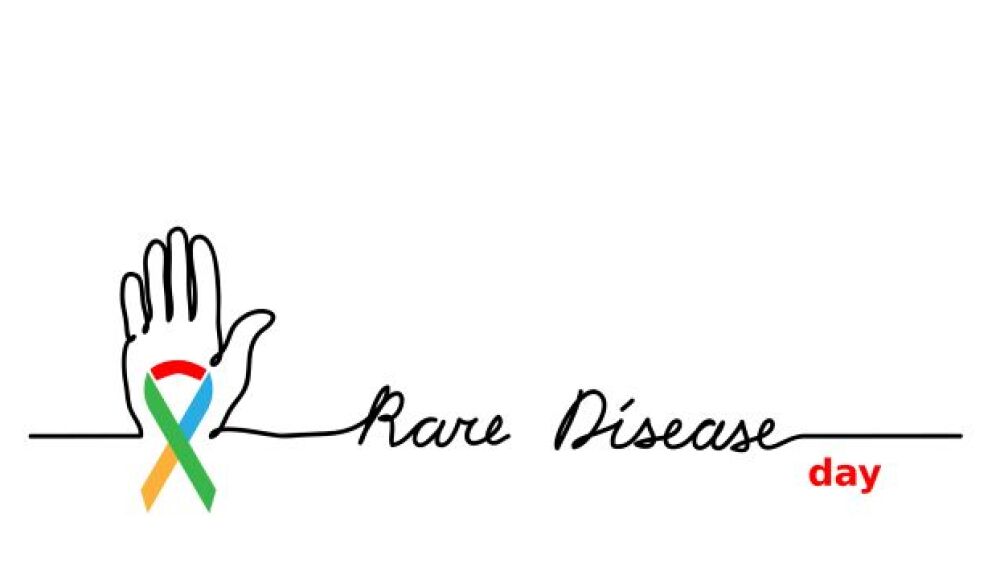Patients and patient organizations, which have detailed insights in the natural history of a rare disease, should be integral, too.
Transparency is, perhaps, the most important element in collaborations to develop treatments for rare and ultra-rare diseases, according to speakers at Biotech Week Boston’s panel on stakeholder collaborations.
“If you want to make things happen in rare disease therapeutics, you have to have good partners,” Bo Bigelow, panel moderator and co-founder of The Rare Disease Film Festival pointed out. Having good partners is based on transparency and trust.
“The challenge in rare disease therapeutic development is that it must involve all the stakeholders. Much of science is siloed in different areas – academia, advocacy groups, biopharma companies, etc.,” said Katherine Beaverson, senior director and patient advocacy lead in Pfizer’s rare disease research unit. A biopharma company, therefore, must find the best science and partner with the experts, wherever and whomever they are.
The expertise in any one rare disease often is spread across multiple companies and academic institutions. Even the regulatory pathways often aren’t established, so stakeholders also need to work with regulators to determine how best to advance therapies, the panelists agreed.
Patients and patient organizations, which have detailed insights in the natural history of a rare disease, should be integral, too. “This is complicated biology,” Beaverson pointed out, and it is exacerbated by heterogeneous phenotypes. “The lived experience often is quite different from the textbook description.”
For Jocelyn Duff, founder and CEO of Cure CMT4J, advancing therapies also requires building urgency for meaningful treatments – often by finding ways in which insights gained from rare disease research affect more mainstream conditions. “There are small patient populations and broad phenotypes, so it’s difficult,” she admitted.
Industry is expert in finding patients and bringing treatments from the bench to the bedside, but that can’t happen efficiently unless researchers un-silo some of their data and regulators remove the roadblocks for rare disease therapy approvals. Often, patients are willing to take on the risks of experimental therapies because the only other options are severe disability or death.
Redesigning clinical trials in ways that help recruit and retain participants is one important way companies and regulators can speed therapeutic advancements. As Julia Carpenter-Conlin, senior director, patient advocacy at Apellis Pharmaceuticals, noted, the trials should consider their impact on participants’ lives as well as the impact on their condition. “You want to ensure the human experience is considered.”
For years, that concept was included in what was called patient voice. “We need to operationalize it so ‘patient voice’ isn’t just a buzzword, but a part of how we operate,” Michele Rhee, VP, patient affairs and advocacy at X4 Pharmaceuticals said. That means looking at different types of endpoints and biomarkers – not just progression-free survival, but also symptoms and quality of life from the perspectives of both the patient and the caregiver.
Additionally, that requires translating the patient experience into data that will be considered by regulators as they make decisions. “We need a shared language,” Beaverson said.
At Pfizer, Beaverson’s group built a structure for an internal culture that encourages collaboration that is “grounded in the shared purpose…and creates expected behaviors,” she said. “We took the time to develop a guidance around how we expect our collaborators to engage with patients and patient organizations.”
Key elements include respecting their autonomy so stakeholders can work tougher in “respectful, genuine ways.” More specifically, that means “familiarizing ourselves with the models and toolkits that are available for effective collaboration, and noting areas of opportunity and areas of joint value.”
Several organizations have toolkits to aid collaboration, Beaverson continued. The Clinical Trials Transformation Initiative, for example, has guidelines to build more effective trials faster. Patient Focused Medicines Development brings together best practices to involve patients in therapeutic development.
Having a common understanding – “a shared language,” she said – helps. She means having a mutual understanding of key terms, such as sponsorship, grant, and contractual relationship. “Ensure the principles are laid out so parties’ expectations can be fully realized,” Beaverson advised.
Each partner has important insights to bring to the effort. “It’s important that the industry partner doesn’t try to influence the opinion of patients or patient organizations. Instead, they must help ensure their independence,” Carpenter-Conlin said. In a meeting regarding a rare neurological condition, she recalled, “we heard things we weren’t expecting to hear, and that required the company to pivot.”
Collaborating with a breadth of stakeholders isn’t easy. To succeed, “each partner must be committed to working together in transparent, thoughtful ways,” Carpenter-Conlin emphasized. Specifically, “there must be a solid intent to develop the partnership. First, listen to individuals’ lived experiences before formulating your path forward. A biopharma partner must show its intent to create helpful treatments.”
Carpenter-Conlin advised ensuring that the objective and scope of any program or collaboration is fully transparent to each of the stakeholders and that there is an effective feedback mechanism.
Feedback should include regular communications about what the partners are doing and why they are doing it, as well as how and why certain decisions may not align with the views or interests of other stakeholders. “It can be difficult, but it’s important to learn from the community about what members want and – importantly – what they don’t want,” she said, “so everyone can work toward something that works for all the stakeholders.” Also, she said, “financial support should be clearly acknowledged.”






